

- RFQ
- BOM
-
Contact Us
Tel: +86-0755-83501315
Email: sales@sic-components.com
- Chinese
- English
- French
- German
- Portuguese
- Spanish
- Russian
- Japanese
- Korean
- Arabic
- Irish
- Greek
- Turkish
- Italian
- Danish
- Romanian
- Indonesian
- Czech
- Afrikaans
- Swedish
- Polish
- Basque
- Catalan
- Esperanto
- Hindi
- Lao
- Albanian
- Amharic
- Armenian
- Azerbaijani
- Belarusian
- Bengali
- Bosnian
- Bulgarian
- Cebuano
- Chichewa
- Corsican
- Croatian
- Dutch
- Estonian
- Filipino
- Finnish
- Frisian
- Galician
- Georgian
- Gujarati
- Haitian
- Hausa
- Hawaiian
- Hebrew
- Hmong
- Hungarian
- Icelandic
- Igbo
- Javanese
- Kannada
- Kazakh
- Khmer
- Kurdish
- Kyrgyz
- Latin
- Latvian
- Lithuanian
- Luxembou..
- Macedonian
- Malagasy
- Malay
- Malayalam
- Maltese
- Maori
- Marathi
- Mongolian
- Burmese
- Nepali
- Norwegian
- Pashto
- Persian
- Punjabi
- Serbian
- Sesotho
- Sinhala
- Slovak
- Slovenian
- Somali
- Samoan
- Scots Gaelic
- Shona
- Sindhi
- Sundanese
- Swahili
- Tajik
- Tamil
- Telugu
- Thai
- Ukrainian
- Urdu
- Uzbek
- Vietnamese
- Welsh
- Xhosa
- Yiddish
- Yoruba
- Zulu
- Kinyarwanda
- Tatar
- Oriya
- Turkmen
- Uyghur
Sensor Signal Conditioner IC: A Comprehensive Guide
In the interconnected world of modern electronics, sensors act as the primary interface between the physical environment and digital systems, converting physical phenomena (such as temperature, pressure, light, and motion) into electrical signals. However, these raw sensor signals are often weak, noisy, or affected by environmental factors, making them unsuitable for direct processing by microcontrollers or digital circuits. This is where sensor signal conditioner ICs play a pivotal role. These specialized integrated circuits refine, amplify, and calibrate sensor outputs, ensuring accurate, reliable, and usable data for downstream systems. This article provides a detailed exploration of sensor signal conditioner ICs, covering their functionality, types, key features, applications, and future trends.
What is a Sensor Signal Conditioner IC?
A sensor signal conditioner IC is a dedicated integrated circuit designed to process the raw electrical signals generated by sensors. Its primary purpose is to enhance the quality of these signals by mitigating noise, compensating for environmental errors, and converting them into a format compatible with digital or analog systems. Unlike general-purpose amplifiers or filters, these ICs are optimized for specific sensor types (e.g., thermocouples, strain gauges, or accelerometers) or broad categories of sensors, integrating multiple functions into a compact package.
In essence, a sensor signal conditioner acts as a "translator" between the sensor and the rest of the system, ensuring that the data extracted from the physical world is both accurate and actionable.
Core Functions of Sensor Signal Conditioner ICs
Sensor signal conditioner ICs combine multiple analog and digital processing functions to optimize sensor outputs. The key functionalities include:
1. Amplification
Most sensors produce weak signals—often in the microvolt (µV) or millivolt (mV) range (e.g., thermocouples generate ~40 µV/°C, and strain gauges produce µV-level changes). Signal conditioners include high-precision amplifiers to boost these signals to a usable range (typically 0–5 V or 0–3.3 V), ensuring they can be accurately measured or converted by downstream components like analog-to-digital converters (ADCs).
Instrumentation Amplifiers: Common in conditioners for differential sensors (e.g., strain gauges), these amplifiers reject common-mode noise (e.g., electromagnetic interference) while amplifying the differential signal.
Programmable Gain Amplifiers (PGAs): Allow users to adjust gain via software, accommodating sensors with varying output ranges.
2. Filtering
Raw sensor signals are often corrupted by noise from sources like thermal fluctuations, power lines, or nearby electronics. Signal conditioners integrate filters to remove this noise:
Low-Pass Filters: Eliminate high-frequency noise, preserving low-frequency signals relevant to the measurement (e.g., temperature or pressure changes).
Band-Pass Filters: Used for sensors with signals in a specific frequency range (e.g., vibration sensors).
Notch Filters: Target and remove specific noise frequencies (e.g., 50 Hz or 60 Hz from power lines).
3. Calibration and Error Correction
Sensors may exhibit inherent inaccuracies due to manufacturing tolerances, such as:
Offset Error: The output is non-zero when the input is zero (e.g., a pressure sensor reading 2 mV when pressure is 0 psi).
Gain Error: The output does not scale proportionally with the input (e.g., a temperature sensor outputting 90 mV instead of 100 mV for a 100°C change).
Signal conditioner ICs correct these errors using:
Digital Trim: Storing calibration coefficients in non-volatile memory (NVM) during manufacturing, allowing the IC to adjust outputs mathematically.
On-Chip Calibration: Some ICs support in-field calibration via software, enabling adjustments after deployment.
4. Temperature Compensation
Many sensors are sensitive to temperature variations, which can skew measurements. For example:
A thermistor’s resistance changes with temperature, affecting readings in a temperature sensor.
A strain gauge’s output drifts as ambient temperature fluctuates.
Signal conditioners address this by:
Integrating internal temperature sensors to monitor ambient conditions.
Applying compensation algorithms (e.g., linearization or lookup tables) to adjust sensor data based on temperature, ensuring accuracy across the sensor’s operating range.
5. Analog-to-Digital Conversion (ADC)
Most modern systems require digital data for processing. Many signal conditioner ICs include built-in ADCs to convert the conditioned analog signal into a digital format (e.g., 16-bit or 24-bit resolution). This eliminates the need for external ADCs, reducing system complexity and cost.
6. Interface with Digital Systems
After processing, the conditioned data must be communicated to microcontrollers, PLCs, or IoT devices. Signal conditioner ICs often include standard digital interfaces such as:
I2C/SPI: For low-speed, short-distance communication (common in consumer electronics and industrial sensors).
UART: For serial communication in embedded systems.
CAN/LIN: Used in automotive applications for robust data transfer.
Types of Sensor Signal Conditioner ICs
Sensor signal conditioner ICs are categorized based on their target sensor types or application-specific requirements:
1. General-Purpose Conditioners
These ICs are versatile and compatible with a wide range of sensors, including resistive, capacitive, and inductive sensors. They offer configurable gain, filtering, and calibration options. Examples include:
Texas Instruments INA219: A current/voltage monitor with I2C interface, suitable for power sensors.
Analog Devices AD8232: A low-power conditioner for ECG (electrocardiogram) sensors, with adjustable gain and filtering.
2. Sensor-Specific Conditioners
Optimized for a single sensor type, these ICs leverage specialized hardware and algorithms to address the unique characteristics of the sensor:
Thermocouple Conditioners: Include cold-junction compensation (to correct for temperature variations at the thermocouple’s connection point) and linearization (since thermocouple outputs are non-linear). Example: Maxim MAX31855.
Strain Gauge Conditioners: Designed for Wheatstone bridge-based strain gauges, with high common-mode rejection and low drift. Example: Honeywell HX711.
Pressure Sensor Conditioners: Compensate for pressure sensor non-linearity and temperature sensitivity. Example: Bosch BMP280 (integrates a pressure sensor with on-chip conditioning).
Light Sensor Conditioners: Handle photodiode or phototransistor outputs, with filters to reject infrared or visible light as needed. Example: AMS TSL2561.
3. Industrial-Grade Conditioners
Built to withstand harsh environments (extreme temperatures, vibration, or EMI), these ICs are used in industrial automation, automotive, and aerospace applications. They often feature:
Wide operating temperature ranges (-40°C to 125°C or higher).
Robust ESD (electrostatic discharge) and EMI protection.
High reliability (e.g., AEC-Q100 qualification for automotive use). Example: TI LMP91000 (for industrial gas sensors).
4. Low-Power Conditioners
Designed for battery-powered devices (e.g., wearables, remote sensors), these ICs minimize power consumption (often <1 mA) while maintaining performance. They may include power-saving modes (e.g., sleep mode) to extend battery life. Example: Microchip MCP6S26 (a low-power PGA with SPI interface).
Key Features to Consider When Selecting a Conditioner IC
Choosing the right sensor signal conditioner IC depends on the application’s requirements. Critical factors include:
Input Range: Must match the sensor’s output range (e.g., 0–10 mV for a strain gauge vs. 0–1 V for a thermistor).
Accuracy: Measured by parameters like total error (combination of offset, gain, and temperature errors). Critical for precision applications (e.g., medical devices).
Noise Performance: Low noise density (e.g., <1 µV/√Hz) is essential for amplifying weak signals (e.g., ECG sensors).
Bandwidth: Determines the maximum signal frequency the conditioner can process (e.g., 1 kHz for slow-changing temperature sensors vs. 1 MHz for vibration sensors).
Power Consumption: Critical for battery-powered devices; low-power ICs often trade off speed for efficiency.
Interface: Must be compatible with the system’s communication protocol (e.g., I2C for IoT devices, CAN for automotive).
Environmental Ratings: Operating temperature, humidity, and vibration tolerance (e.g., IP67 for harsh industrial environments).
Applications of Sensor Signal Conditioner ICs
Sensor signal conditioner ICs are ubiquitous in industries where accurate sensor data is critical. Key applications include:
1. Medical Devices
Patient Monitoring: Conditioners for ECG, EEG, and blood pressure sensors ensure accurate vital sign measurements. For example, the AD8232 conditions weak ECG signals (µV-level) to diagnose heart conditions.
Diagnostic Equipment: In blood glucose monitors, conditioners amplify tiny currents from chemical reactions, enabling precise glucose level readings.
2. Industrial Automation
Process Control: Conditioners for pressure, flow, and temperature sensors in chemical plants or refineries ensure stable operation. For example, a strain gauge conditioner in a load cell monitors material weight in manufacturing.
Predictive Maintenance: Vibration sensor conditioners detect early signs of machinery failure by filtering and amplifying high-frequency vibration signals.
3. Automotive Systems
Engine Management: Conditioners for oxygen sensors (to optimize fuel injection) and pressure sensors (to monitor intake manifold pressure) ensure efficient engine operation.
Safety Systems: In airbag deployment, accelerometer conditioners process rapid acceleration signals to trigger deployment within milliseconds.
4. Consumer Electronics
Wearables: Heart rate monitors use conditioners to filter noise from motion artifacts, ensuring accurate readings during exercise.
Smart Homes: Conditioners for humidity and temperature sensors in thermostats enable precise climate control.
5. Aerospace and Defense
Flight Sensors: Conditioners for accelerometers, gyroscopes, and pressure sensors in avionics systems must operate reliably under extreme G-forces and temperatures.
Radar Systems: Signal conditioners amplify weak radar echoes while rejecting noise, improving target detection accuracy.
Popular Sensor Signal Conditioner ICs
Texas Instruments INA3221: A triple-channel current/voltage monitor with I2C interface, ideal for power management in consumer electronics.
https://www.sic-components.com/product/search?search=INA3221
Honeywell HX711: A 24-bit ADC conditioner for strain gauges and load cells, widely used in scales and force sensors.
Maxim MAX31865: A precision conditioner for RTD (resistance temperature detector) sensors, with built-in cold-junction compensation.
https://www.sic-components.com/product/search?search=700-MAX31865ATP%2B
Bosch BME280: An integrated environmental sensor (temperature, humidity, pressure) with on-chip conditioning and I2C/SPI interfaces, popular in weather stations and wearables.
https://www.sic-components.com/product/search?search=+BME280
Analog Devices AD5933: A impedance converter and network analyzer, used to condition signals from capacitive or inductive sensors (e.g., proximity sensors).
https://www.sic-components.com/product/search?search=584-AD5933YRSZ-R7
Future Trends in Sensor Signal Conditioner ICs
As sensors become more miniaturized and connected, signal conditioner ICs are evolving to meet new demands:
Higher Integration: ICs will integrate sensors, conditioners, and wireless transceivers (e.g., Bluetooth Low Energy) into a single package, reducing system size and cost.
AI-Enhanced Processing: Machine learning algorithms on-chip will enable real-time anomaly detection (e.g., predicting equipment failure from vibration data).
Energy Harvesting: Conditioners will pair with energy harvesters (e.g., solar or thermal) to power remote sensors, eliminating batteries.
Ultra-Low Drift: Advances in materials and design will reduce long-term drift, critical for applications requiring years of maintenance-free operation (e.g., structural health monitoring).
Conclusion
Sensor signal conditioner ICs are the unsung heroes of modern electronics, transforming raw sensor data into actionable insights. By integrating amplification, filtering, calibration, and conversion, these ICs enable accurate and reliable measurements across industries—from medical devices to industrial robots. As technology advances, their role will only grow, driving innovation in IoT, automation, and beyond. Understanding their functionality and selecting the right IC for the application is key to building robust, high-performance systems.
https://www.sic-components.com/signal-conditioners-and-isolators

Hot Products
View MoreRelated Blogs

2000+
Daily average RFQ Volume

30,000,000
Standard Product Unit

2800+
Worldwide Manufacturers

15,000 m2
In-stock Warehouse



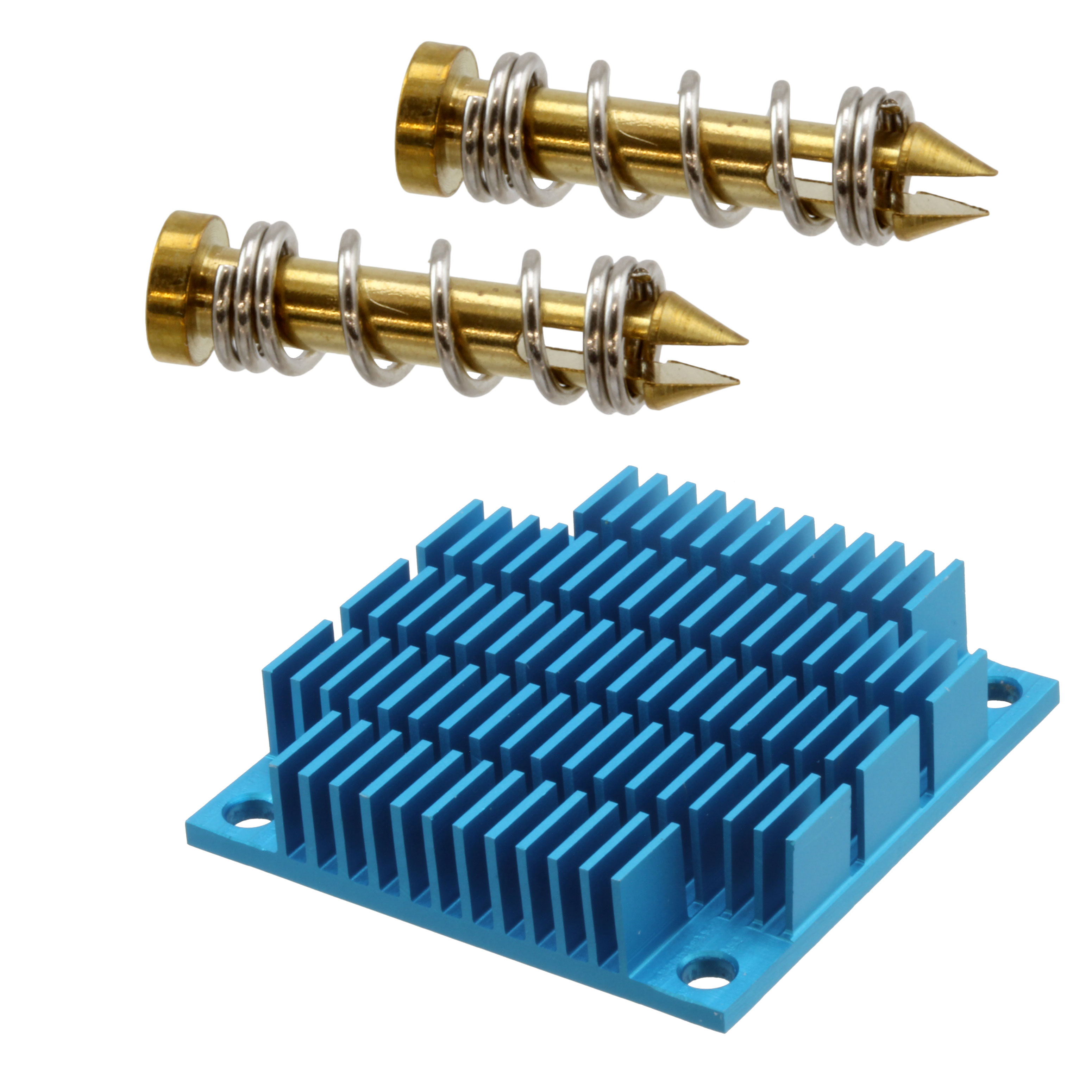
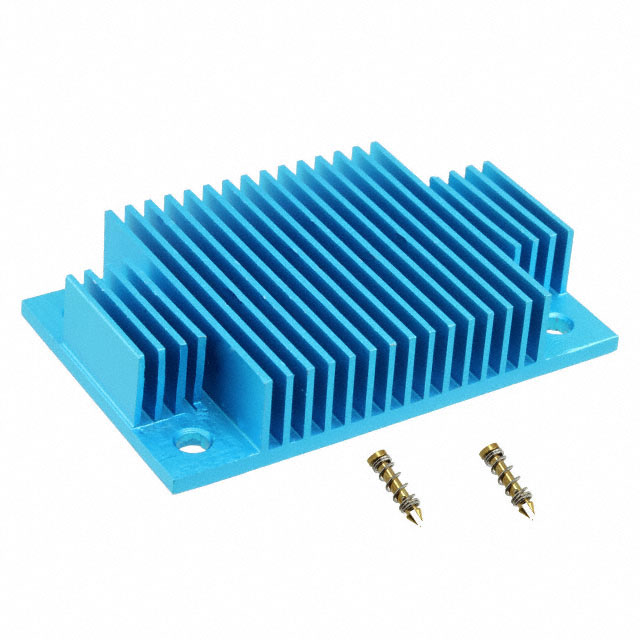
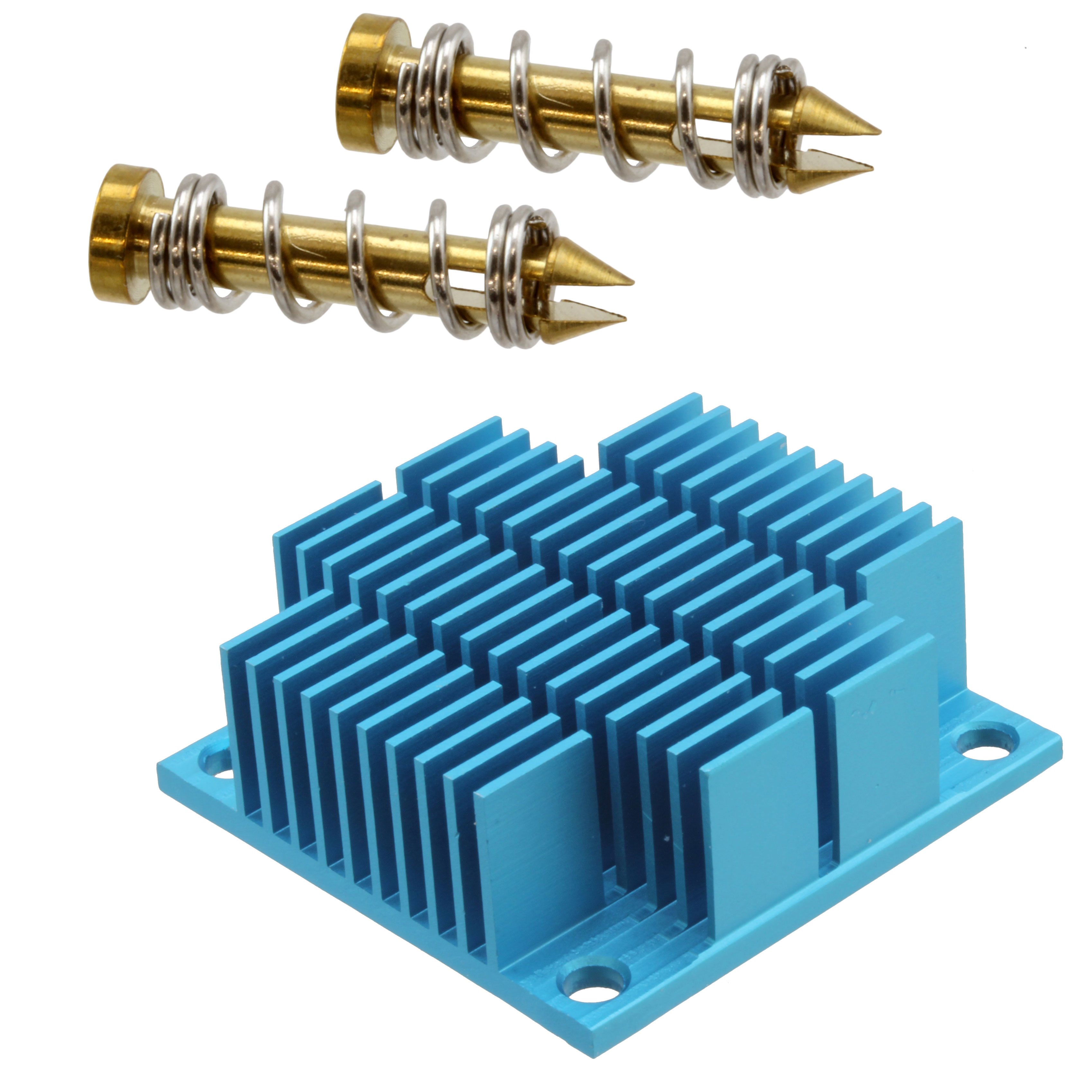
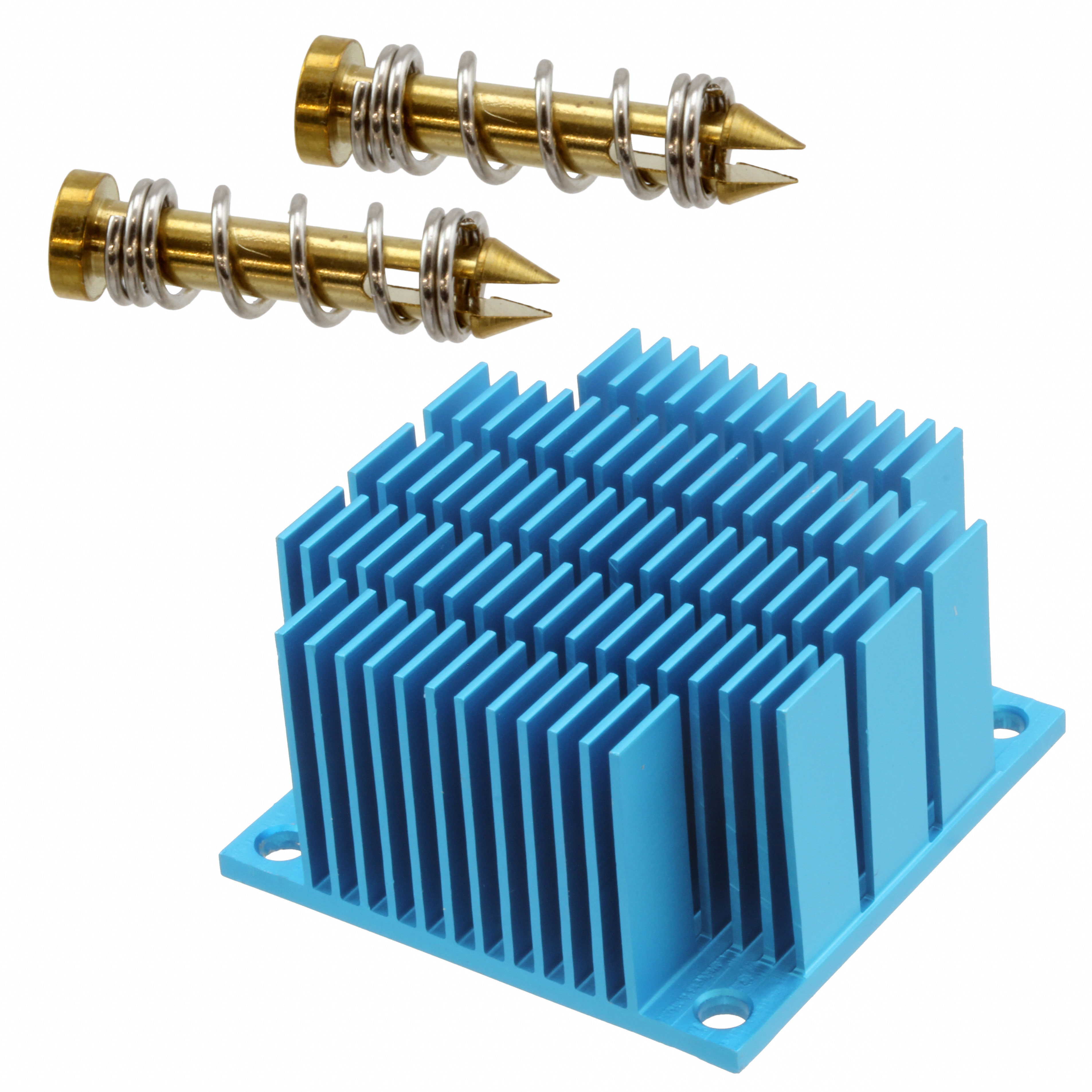

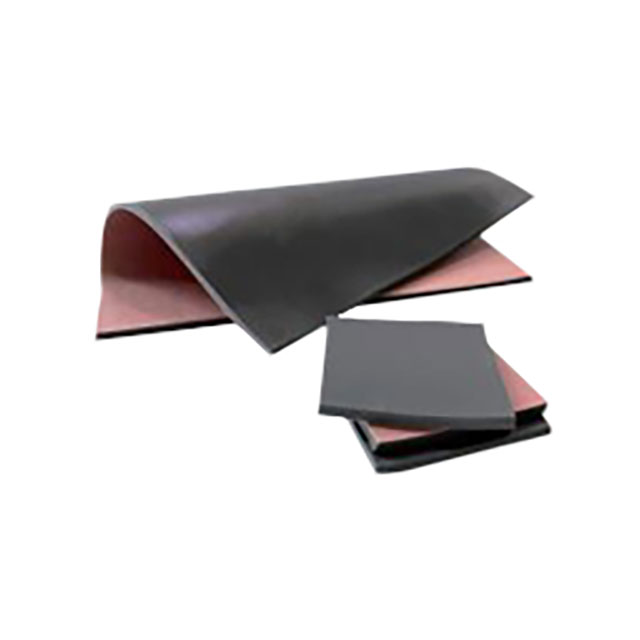
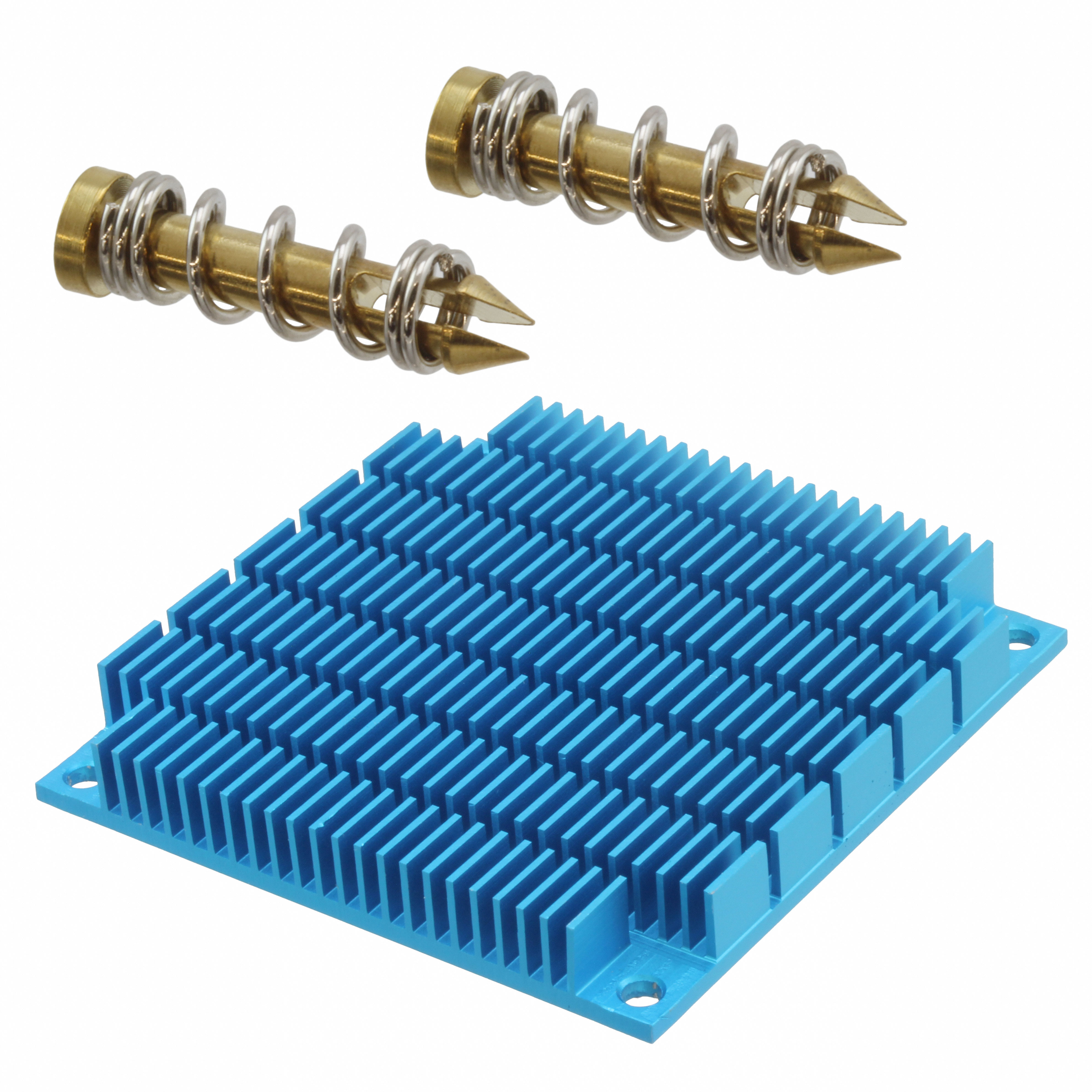
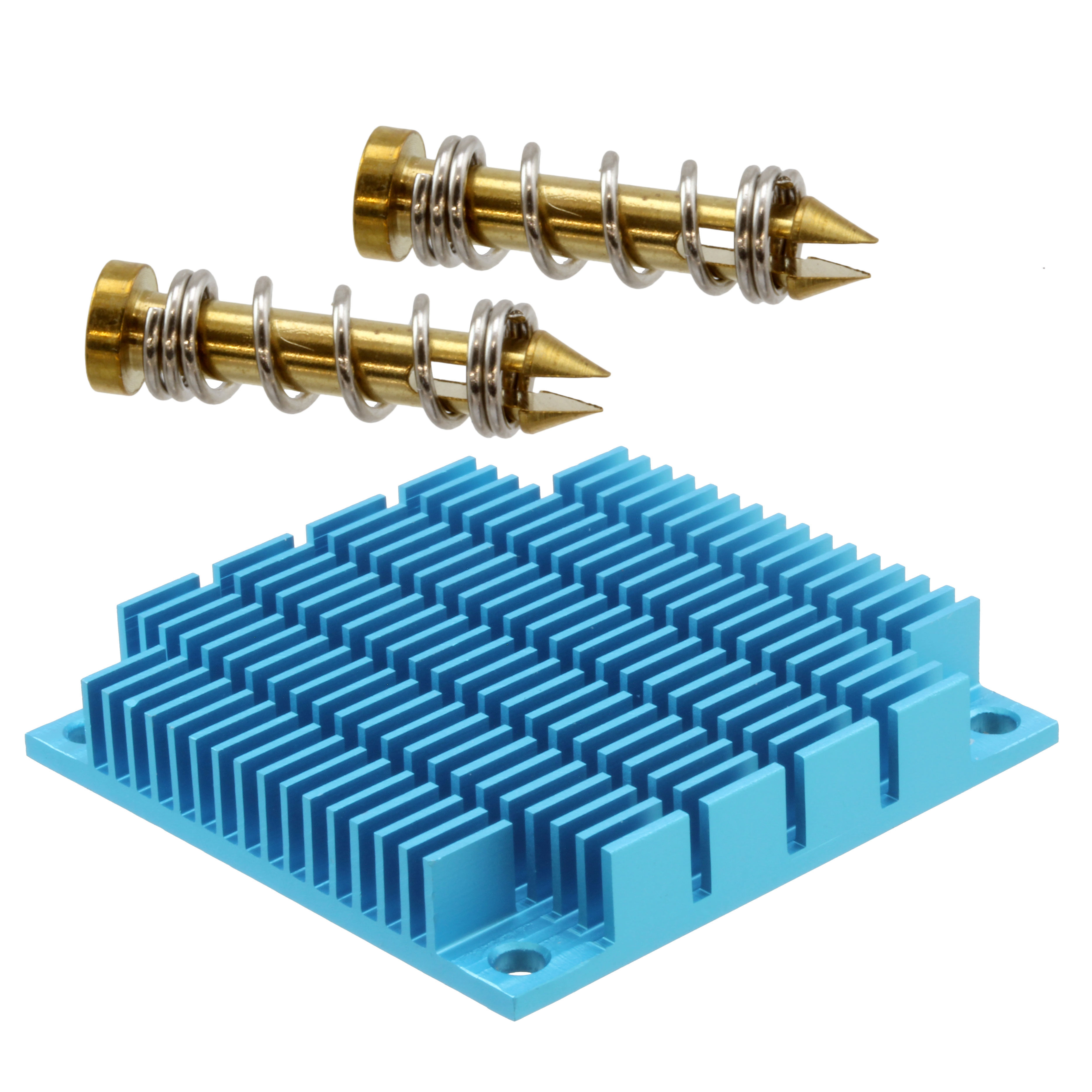
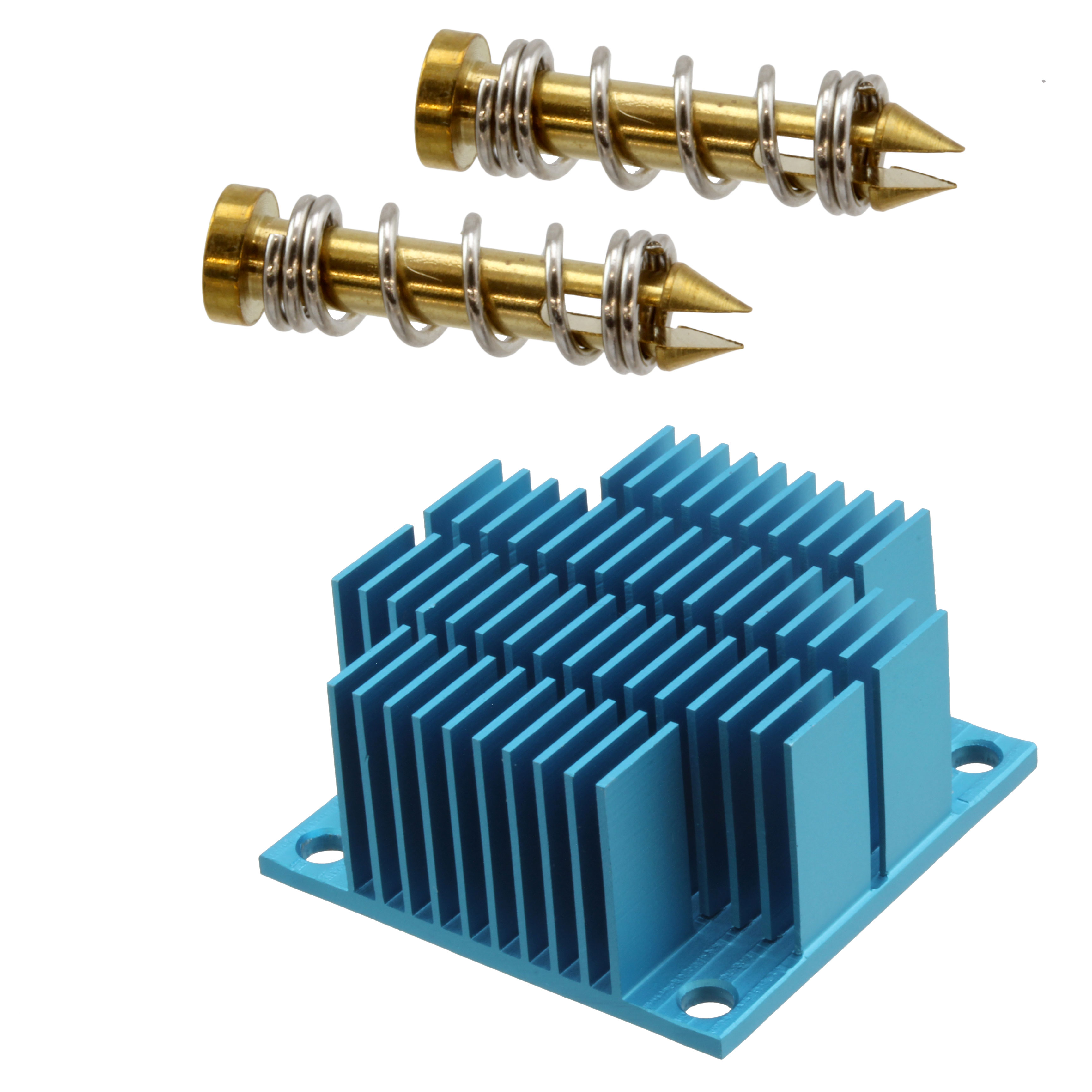
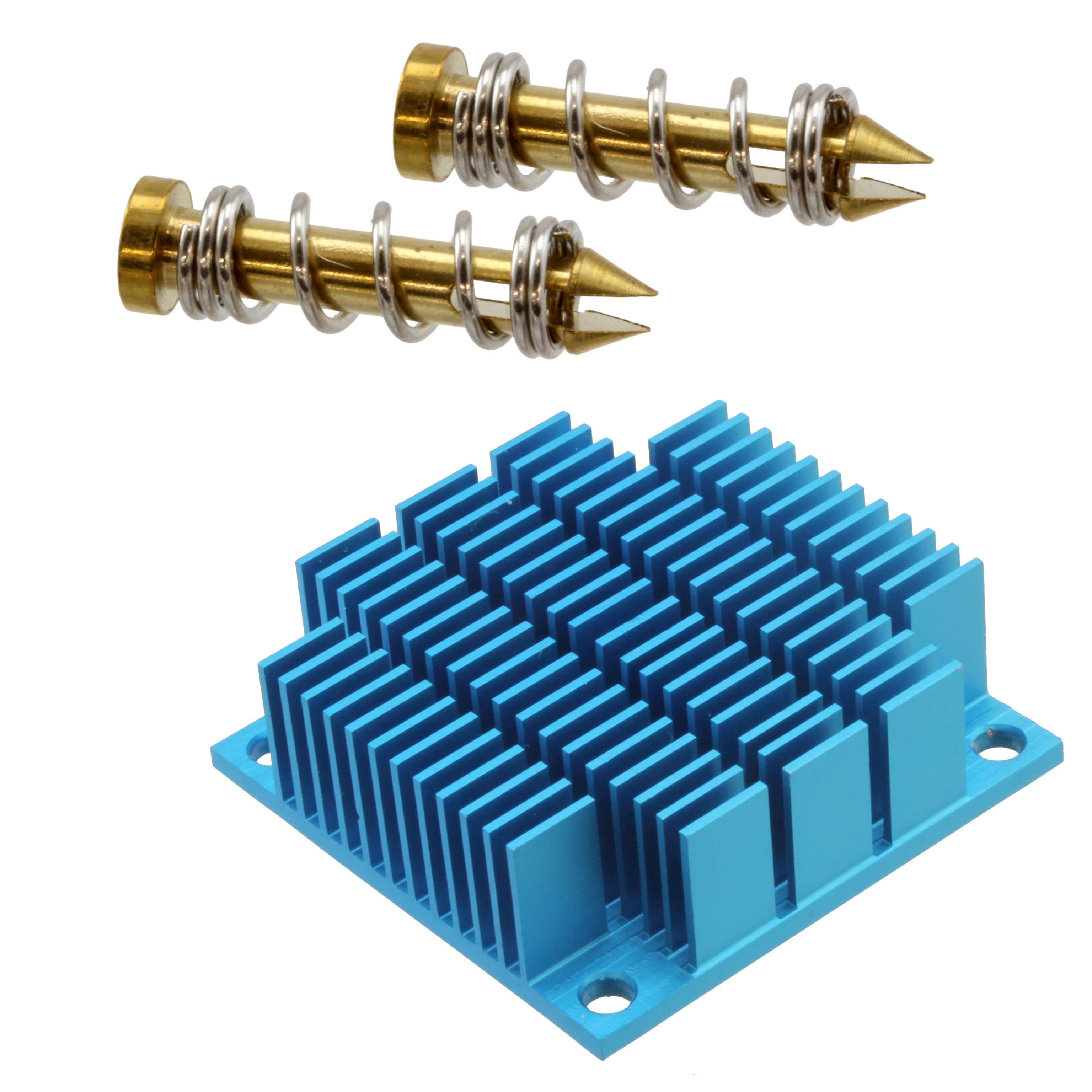
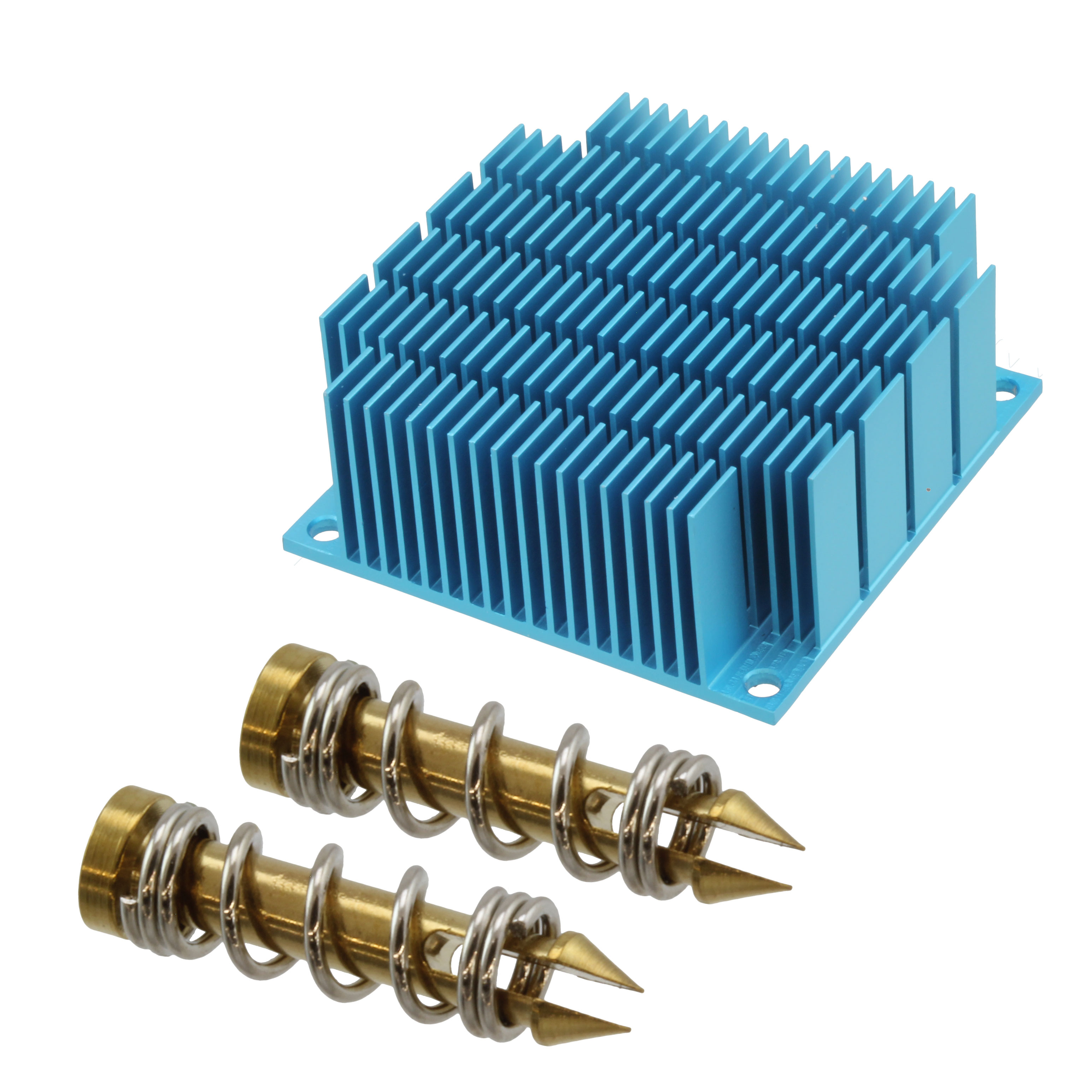
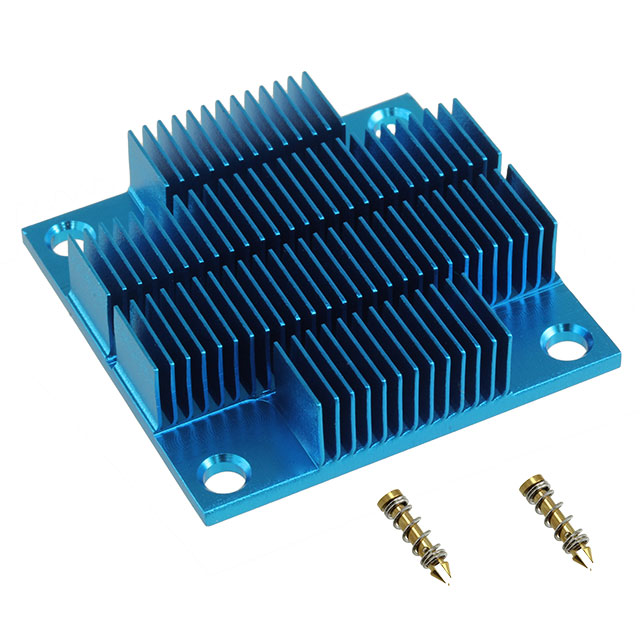
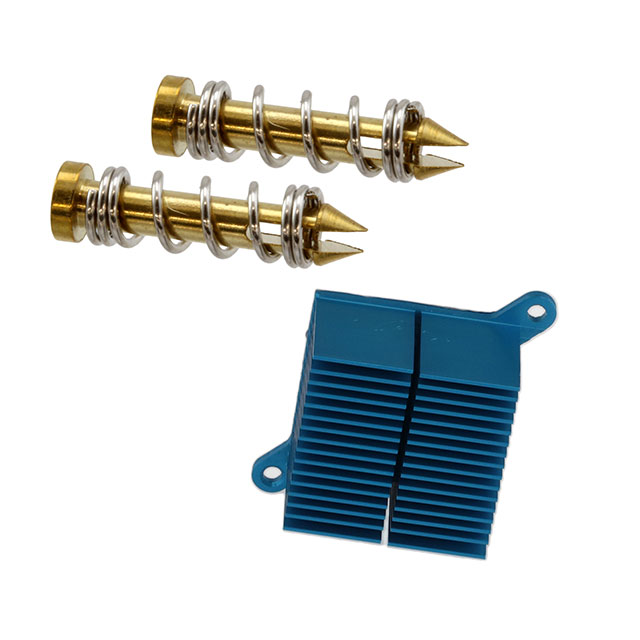









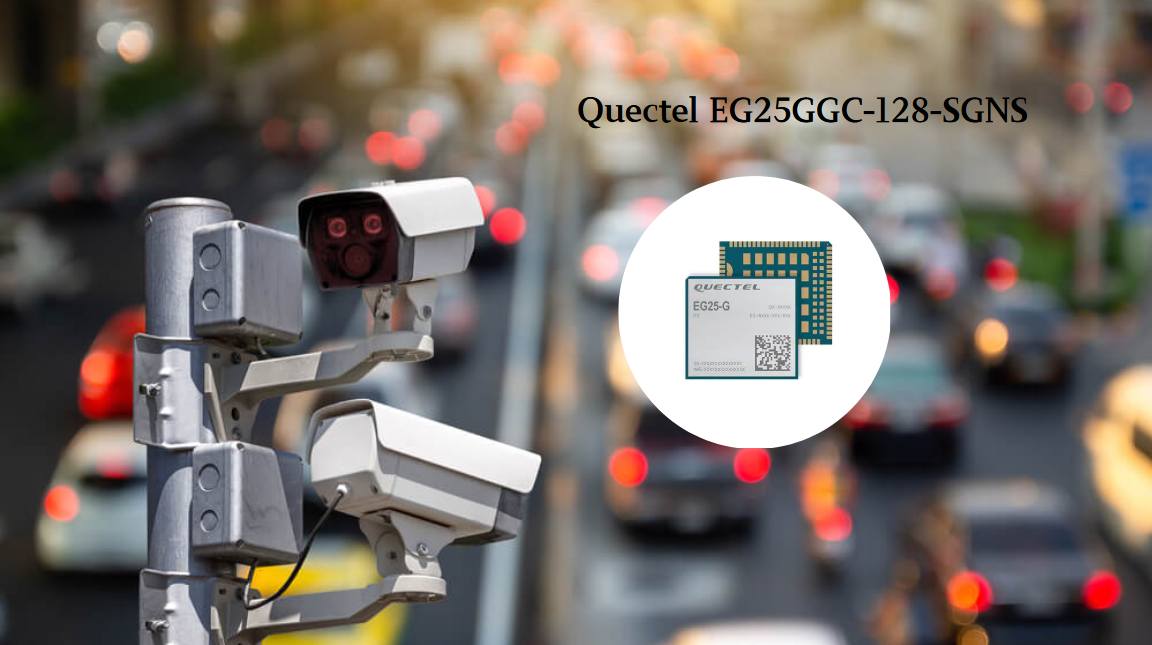
 Wishlist (0 Items)
Wishlist (0 Items)